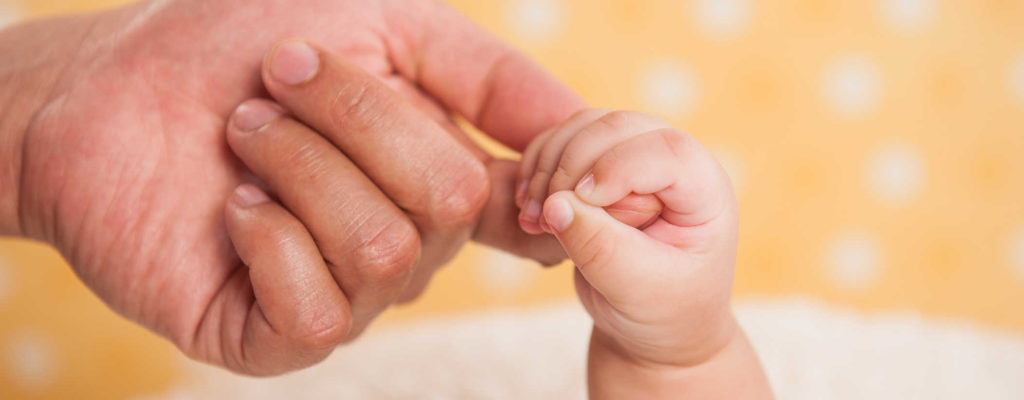
After nine months and ten days of pregnancy, you cannot help but expect a moment to welcome the angel to the new world with your family. So do you know the journey where the baby leaves the womb and welcomes the outside world? Let's follow aFamilyToday Health.
Baby "find a way" out of the womb like?
The pelvis has a complex shape, so during labor and birth, the baby has to overcome many "obstacles". The widest range of the pelvis is from side to side at the inlet and from front to back at the bottom (outlet). A baby's head is the widest from front to back, and shoulders are the widest part from side to side. Therefore, when the baby wants to see the outside world, the baby has to go through a long journey with enough rotational movement to be able to find its way through the tube.
Your pelvis is nearly the widest side to side at the entrance, so most babies entering the pelvis are tilted to the left or right. The exit from the pelvis is widest from front to back, so babies are almost always turned to face up or down. These activities take place as a result of forceps and the support of the birth canal.
While doing these swings, the baby will move more slowly down the vagina. Finally, the top of the baby's head appears, stretching the vaginal opening. When the vulva is wide enough, the baby's head will stick out - usually by opening the head wide, lifting the chin away from the chest and so the baby often "comes out" from under the pubic bone. Babies usually appear face down but will move to the side very quickly and their shoulders will also move in that direction.
Next, the shoulder blades appear at the same time, and with the help of the slippery fluid, the rest of the baby's body will come out - and now you can fully hold your baby.
Does the process of labor hurt your baby?
During the most difficult stages of labor and delivery, the baby is pressed and pushed down the narrow vaginal canal. The baby must also rotate the tube spiral through the mother's pelvic corridor. However, this is hardly going to harm the baby. During a stressful labor, your baby's heart rate slows down to reduce the pressure of the whole process. This was foreseen and not worrying.
If you have questions that need to be answered, consult your doctor for detailed explanation and guidance to relieve any concerns for you. Wishing you a round, square mother!
You may be interested in:
Prepare essential items for babies
How to monitor newborn health












